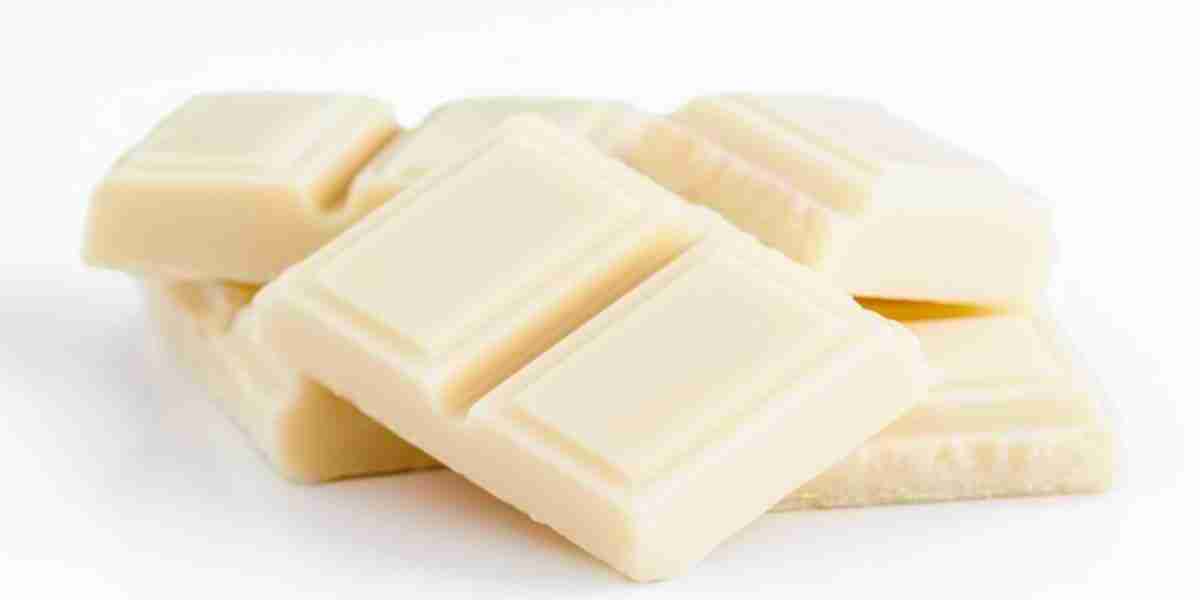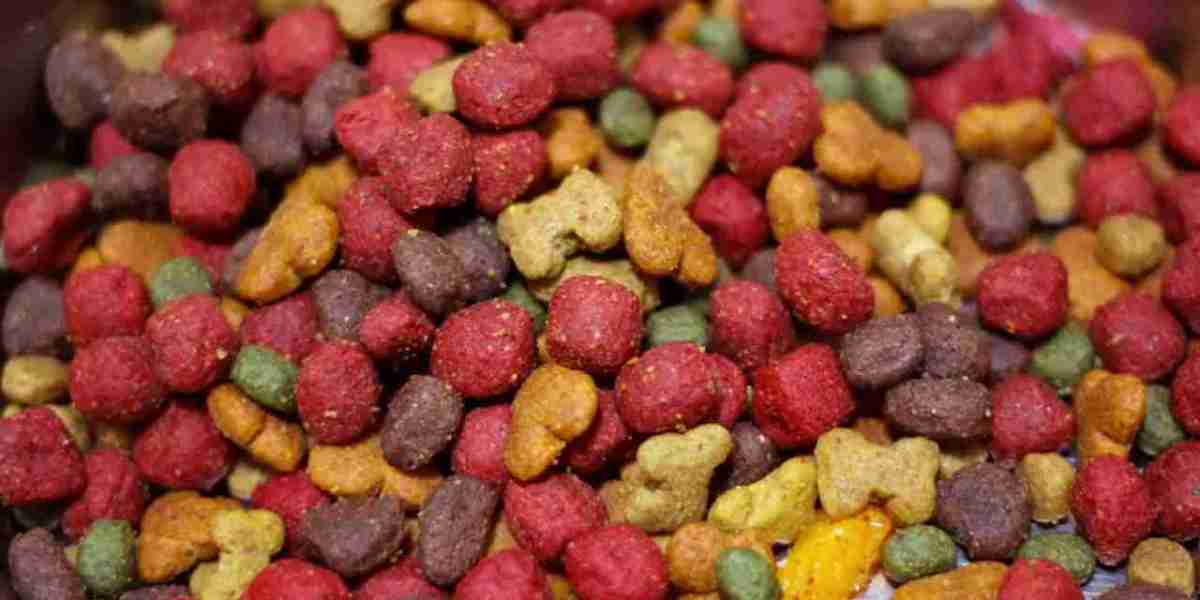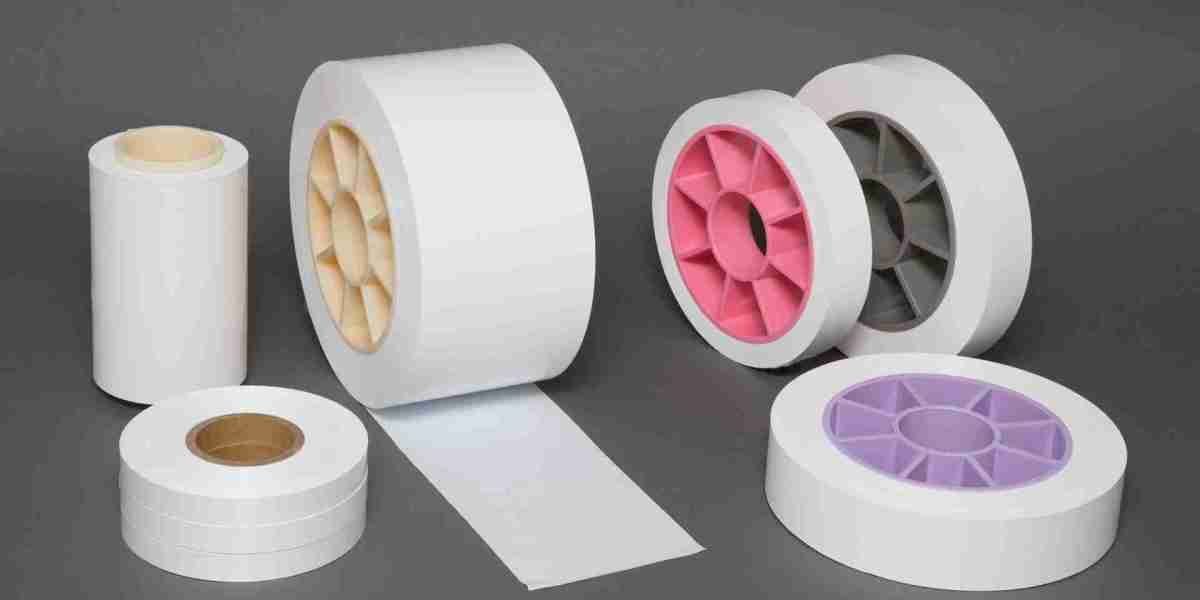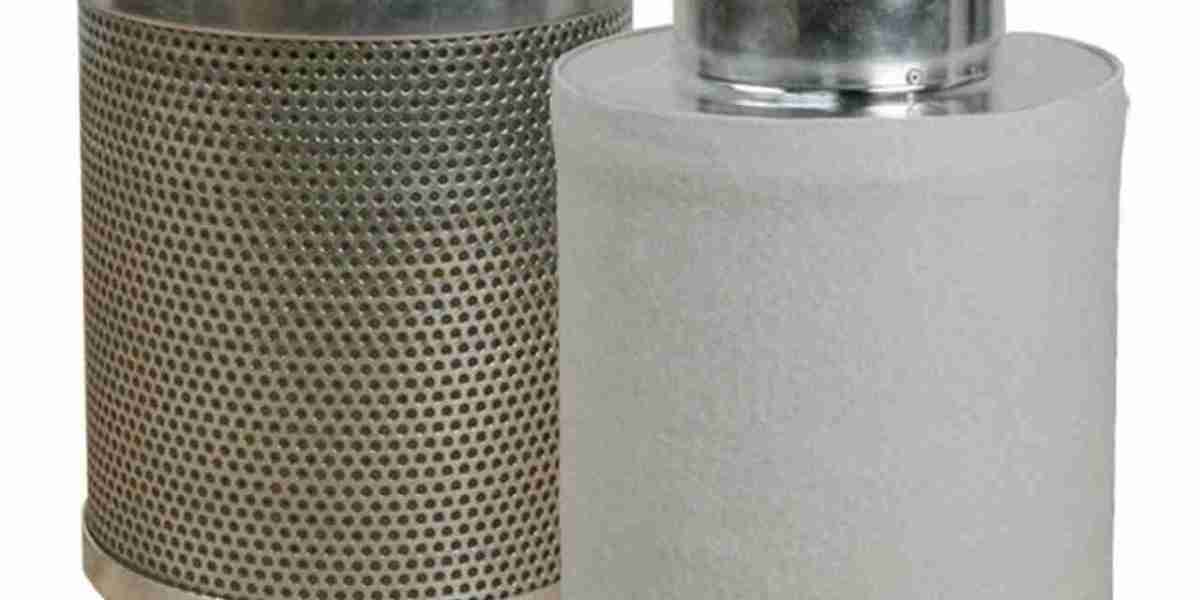As consumer demand for clean-label and natural food products intensifies, the food industry is under increasing pressure to eliminate synthetic additives. Among the most scrutinized is titanium dioxide (TiO₂), a whitening and opacifying agent commonly used in food coatings. Due to health concerns and evolving regulations, manufacturers are pivoting towards titanium dioxide-free alternatives. This shift is fueling the growth of the titanium dioxide-free food coating market globally.
Market Drivers
One of the primary drivers of this market is heightened consumer awareness. With access to more information than ever before, consumers are scrutinizing ingredient labels and demanding transparency. Titanium dioxide has faced backlash due to its classification as a "possible carcinogen" by the International Agency for Research on Cancer (IARC), despite being approved for use in many regions. In 2022, the European Food Safety Authority (EFSA) declared titanium dioxide no longer safe as a food additive, prompting a ban in the EU. These developments have galvanized regulatory scrutiny worldwide and spurred innovation in alternative food coating solutions.
Health-conscious consumers and those with allergies or sensitivities are further driving the need for cleaner, safer ingredients. Parents, in particular, are cautious about the additives present in children's snacks and confectioneries, prompting manufacturers to reformulate products with safer coatings.
Market Trends
The market is witnessing a surge in the development of plant-based and mineral-based coatings. Natural alternatives such as calcium carbonate, rice starch, maltodextrin, and other non-synthetic compounds are gaining traction as effective substitutes for titanium dioxide. These alternatives provide similar opacity and texture while aligning with clean-label principles.
In tandem with this shift, brands are promoting their titanium dioxide-free credentials as a selling point. Marketing campaigns increasingly highlight “free from” claims, with particular emphasis on additive-free, organic, and all-natural ingredients. This aligns with broader trends in sustainable food production and ethical consumption.
Another key trend is the rise of encapsulation technology. Advanced coating techniques are being developed to preserve the integrity, appearance, and shelf-life of food without compromising on safety. Innovations in nano-coating, biodegradable films, and polysaccharide-based systems are enabling efficient delivery of active compounds while replacing titanium dioxide.
Regional Insights
Europe leads the titanium dioxide-free food coating market, largely due to the EU ban and a robust clean-label movement. France was the first country to implement the ban, accelerating research and development in titanium dioxide alternatives. The shift is being rapidly embraced in Germany, the UK, and Nordic countries as well.
North America, particularly the U.S. and Canada, follows closely, with rising consumer awareness and voluntary reformulations by key food manufacturers. Regulatory bodies like the FDA have not banned titanium dioxide, but increased scrutiny is pushing companies to act preemptively.
Asia-Pacific presents a mixed picture. While countries like Japan and South Korea are innovating in natural ingredients and food technology, others are slower to adopt titanium dioxide-free formulations due to cost and regulatory inertia. However, growing middle-class populations, urbanization, and health trends are expected to drive future demand.
Competitive Landscape
Major food ingredient suppliers and coating solution providers are investing heavily in R&D to create scalable, cost-effective alternatives. Companies such as Ingredion, Sensient Technologies, and Roquette are leading the way in offering titanium dioxide-free coatings that perform well under diverse manufacturing conditions.
Startups are also entering the space, offering novel plant-based or functional coatings that cater to niche markets like vegan foods, gluten-free snacks, and organic confectionery. Mergers, acquisitions, and partnerships are expected to shape the competitive dynamics in the coming years.
Challenges and Opportunities
The biggest challenge lies in replicating the performance of titanium dioxide without compromising taste, texture, or visual appeal. Cost is another significant factor—natural alternatives tend to be more expensive, and food manufacturers may be reluctant to absorb the added cost without passing it on to consumers.
However, the shift also opens substantial opportunities. Companies that adapt early can establish market leadership, build consumer trust, and capitalize on rising demand for clean-label products. Strategic investments in R&D, branding, and transparent communication will be essential for long-term success.
Conclusion
The titanium dioxide-free food coating market is poised for significant growth, driven by regulatory shifts, consumer awareness, and technological advancements. As manufacturers adapt, the market will continue to evolve towards safer, more natural food ingredients, setting a new standard for transparency and trust in food production.




